Geospatial tools for
unique end-user solutions.
Humanitarian GIS is a specialty service Envicom provides that we are particularly proud of. Having performed work in numerous locations across the globe, our team understands the importance of building capacity within local communities. This is why Envicom focuses on the needs of the end user, and gathers information about the uniqueness of people, place, and circumstance that might affect the functionality of a solution.
Humanitarian Services:
Disaster Response
Population & Settlement Density
Local Infrastructure Planning
Predictive Modeling & Risk Assessment
Epidemic Tracking & Medical Response
Decision Support Tools
“WE ARE PROUD TO PARTNER WITH THESE OUTSTANDING ORGANIZATIONS AS WE HELP BUILD COMMUNITY CAPACITY ACROSS THE GLOBE”
Meeting Sustainable Development Goals (SDGs)
Clean Water Access for All
Envicom recently received grants from the Conrad N. Hilton Foundation to use geospatial technology solutions to address SDG 6 (Clean Water and Sanitation). We are working with teams in Asutifi North District, Ghana as well as in several prefectures in the Central African Republic.
Our solution: Geospatial web applications that provide centralized management and analytical capabilities for water and sanitation management. We are providing local government, NGOs and local Partners with the tools they need to work collaboratively and meet their targets.
Disaster Preparedness & Response
Improving Communication & Action
In the face of what seems to be an ever-increasing number of natural disasters, we need ways to provide complete situational awareness – and quickly. Our staff has been involved with a number of disaster response GIS efforts over the years and we possess Incident Command System (ICS) training.
GIS for Disease
Monitoring and Outbreak Response
In June of 2016 there was a major polio outbreak in the DRC. Our Envicom team member Amanda Miner was invited to be on a Specialty Technical Team selected by GISCorps for WHO, UNICEF, and the CDC, managed real-time development and adaptation of web-application to needs on the ground. This ESRI-based application captured and validated hundreds of thousands of individual structures from current high-resolution satellite imagery, and provided field data collection capacity that would tie all data collected to every relevant household. This also helped aid team response strategies, plan optimal routes, and quantify medical supplies. This was a first-of-its-kind effort at this scale.
Assisted with schema and data formatting
Assisted with training materials for global digitizing team
Provided offline data management, merging, and resyncing to the application
Performed validation and general troubleshooting
Overcame obstacles between the web application and printing output
Similar geospatial web application solutions can be built for health monitoring and disease tracking







